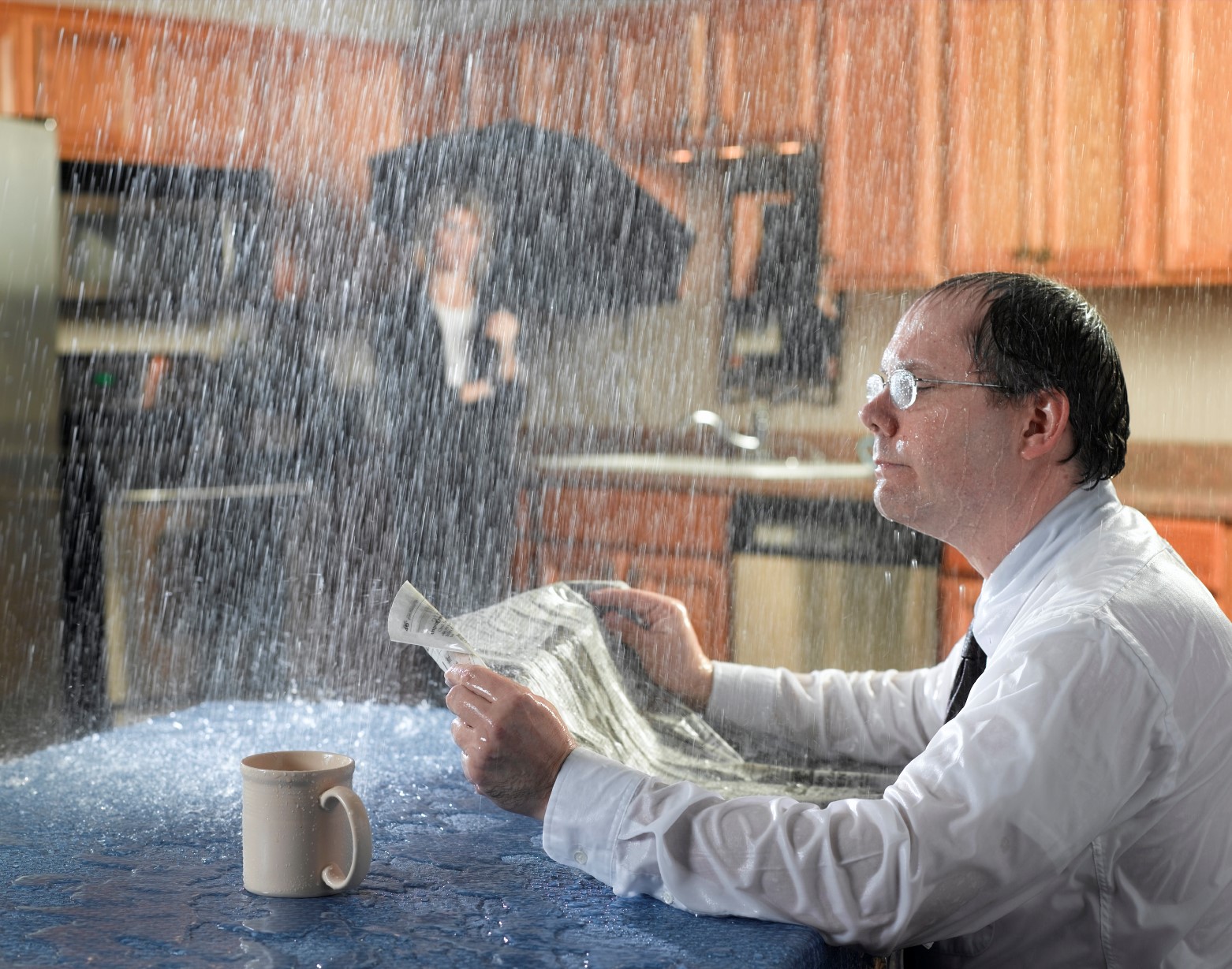Revealing the Main Origins of Leak Problems Inside Your House
Revealing the Main Origins of Leak Problems Inside Your House
Blog Article
The publisher is making a few good pointers about Most Common Causes of Leaky Pipes in general in this great article directly below.

Leakages not just create waste of water however can also create unneeded damage to your home and also promote undesirable organic growth. Water leaks may go undetected because many of the pipework in our home is hidden. By understanding and also looking for day-to-day situations that trigger leaks, you can safeguard your residence from future leakages and also unnecessary damage. Today, we will certainly take a look at 6 leakage creates that may be creating your pipes to drip.
Encroaching roots
Most water leakages begin outside your home rather than inside it. If you observe an unexpected decline in water pressure, state in your faucet, take time to go out and analyze your backyard. You could see damp patches or sinkholes in your yard, and that may mean that tree origins are invading water lines causing water to permeate out. You can have your plumber check for breach, especially if you have trees or shrubs near your residential or commercial property.
Corroded water systems
This might be the cause of discoloration or warping on your water pipelines. If our plumbing system is old, consider replacing the pipes since they are at a higher threat of rust than the newer versions.
Faulty Pipe Joints
Pipe joints can weaken over time, resulting in water leakages. If you have loud pipes that make ticking or banging sounds, specifically when the hot water is turned on, your pipe joints are probably under a great deal of pressure.
Instant temperature level adjustments.
Extreme temperature level adjustments in our pipelines can cause them to increase as well as contract all of a sudden. This development as well as tightening may trigger splits in the pipes, especially if the temperature are below freezing. If you kept an eye on how your plumbing works, it would certainly be best. The visibility of the formerly discussed circumstances often suggests a high threat.
Poor Water Connectors
At times, a leak can be caused by loose hoses and pipes that provide your devices. More often than not, shifting is what creates the loosened water Connections. You might discover in the case of a washing device, a pipe might spring a leakage as a result of shaking throughout the spin cycle. In case of a water connections leakage, you may notice water running directly from the supply line or pools around your devices.
Blocked Drains
Clogged drains might be aggravating and also inconveniencing, but they can often end up causing an overflow resulting in break pipes. Keep getting rid of any products that might go down your drains that could clog them to stay clear of such troubles.
All the above are root causes of leakages however not all water leakages result from plumbing leaks; some leaks might come from roof leakages. All leaks should be repaired right away to avoid water damages.
Leaks not just create waste of water however can additionally cause unneeded damage to your home and promote undesirable organic development. By looking as well as comprehending for everyday scenarios that create leakages, you can safeguard your residence from future leaks and also unnecessary damages. Today, we will look at six leak triggers that might be triggering your pipelines to leak.
At times, a leakage can be created by loosened pipes and pipelines that provide your appliances. In situation of a water links leak, you may see water running directly from the supply line or puddles around your home appliances.
How To Check For Water Leak In Your Home
How To Check for Leaks
The average household's leaks can account for nearly 10,000 gallons of water wasted every year and ten percent of homes have leaks that waste 90 gallons or more per day. Common types of leaks found in the home are worn toilet flappers, dripping faucets, and other leaking valves. These types of leaks are often easy to fix, requiring only a few tools and hardware that can pay for themselves in water savings. Fixing easily corrected household water leaks can save homeowners about 10 percent on their water bills.
To check for leaks in your home, you first need to determine whether you're wasting water and then identify the source of the leak. Here are some tips for finding leaks:
Take a look at your water usage during a colder month, such as January or February. If a family of four exceeds 12,000 gallons per month, there are serious leaks.
Check your water meter before and after a two-hour period when no water is being used. If the meter changes at all, you probably have a leak.
Identify toilet leaks by placing a drop of food coloring in the toilet tank. If any color shows up in the bowl after 10 minutes, you have a leak. (Be sure to flush immediately after the experiment to avoid staining the tank.)
Examine faucet gaskets and pipe fittings for any water on the outside of the pipe to check for surface leaks.
Undetected water leaks can happen without the home or business owner even realizing. If you suspect a water leak, but not able to find the source. It is time to contact a professional water leak detection service, The Leak Doctor.
How To Find a Water Leak In Your Home
https://www.leakdoctor.com/blog/How-To-Check-For-Water-Leak-In-Your-Home_AE197.html

As a reader about Top Causes of Home Water Leaks, I think sharing that information was beneficial. Remember to set aside a second to promote this blog if you enjoyed it. Thanks a lot for taking the time to read it.
24-hour help? Dial! Report this page